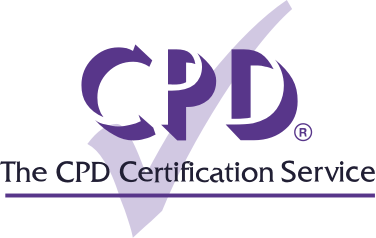Meetings are an essential part of work-life, no matter the industry - they always have been and always will be. But since the shift towards hybrid working, meetings have become more commonplace as people’s physical presence is no longer required to attend. At their best, meetings can facilitate exceptional teamwork and better results. At their worst, they can hinder productivity and decrease motivation in the workplace.
In this CPD article, we set out to give you all the tools you need to ensure that you have more effective meetings. The first place to start is asking yourself:
Does this need to be a meeting?
When planning or preparing for a meeting, always have this question in your mind. It’s easy to default to scheduling a meeting when multiple stakeholders are involved, but that doesn’t mean it’s the right thing to do. If you’re expecting a back-and-forth discussion, or if the subject matter is related to a tight deadline, then a meeting is often the best forum. But:
- Is the agenda light? If so, consider online messaging.
- Is the attendee list small? If so, consider speaking one-to-one.
- Is the agenda a list of items for you to tell people about, rather than an open discussion? If so, consider drafting an email.
How to prepare for a meeting
The key to the success of any meeting lies in the planning. Preparing for a meeting involves a few key steps - they don’t seem big isolation, but as a combination, they’re a powerful influence on holding effective meetings.
1. Set an agenda to ensure that you are covering all topics and to give yourself a structure to follow.
2. Make sure to circulate this agenda ahead of time so people can prepare. They may even have additions or builds that could improve the meeting itself.
3. Always consider hybrid working and ensure that there is a working conference link and that the room A/V is working as it should be - this will avoid any potential “can you hear us?” moments.
4. Identify your objectives for the meeting, and what you’d like to get out of it ahead of time, to help maintain the focus of the session.
5. Assign someone to take notes if you’re unable to do so yourself - that way, you’ll be able to track the discussions and outcomes better.















